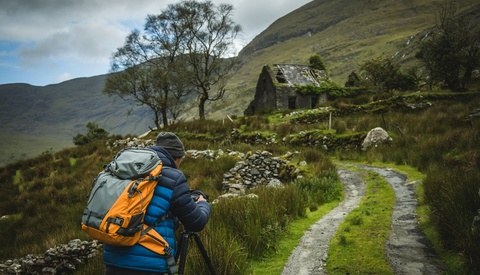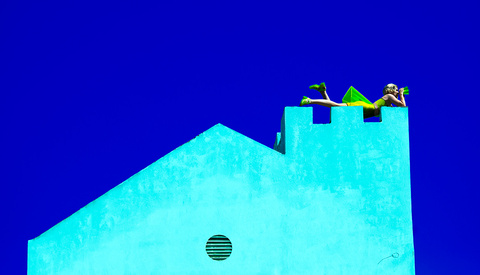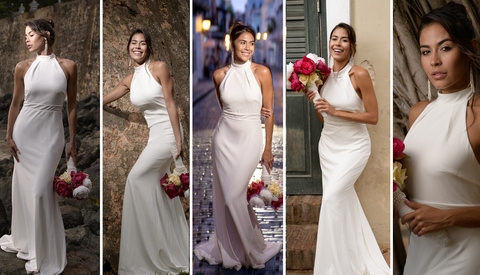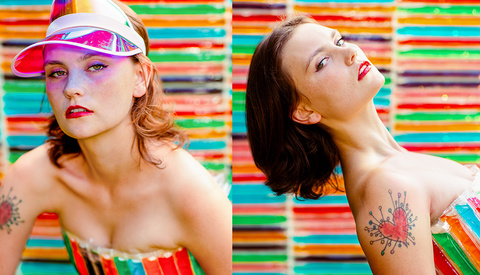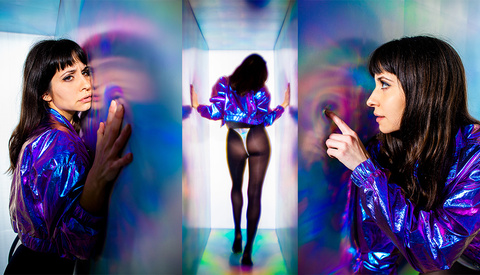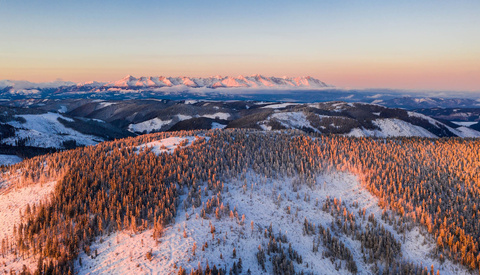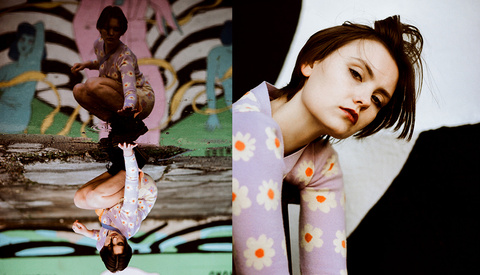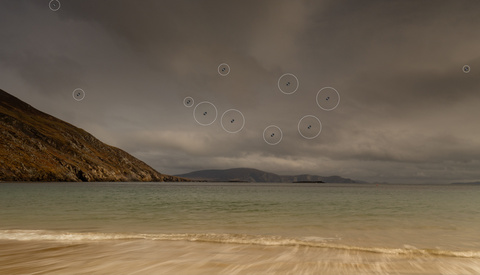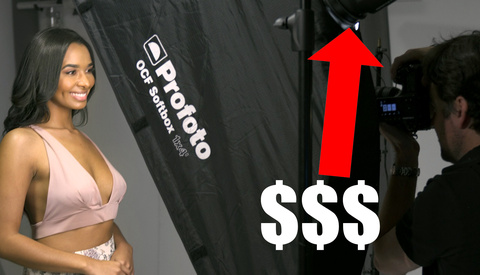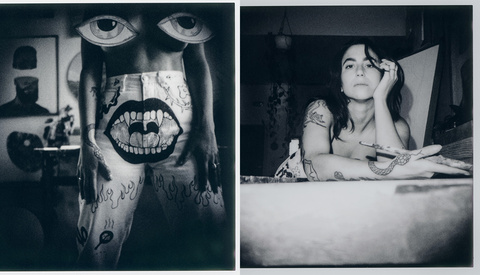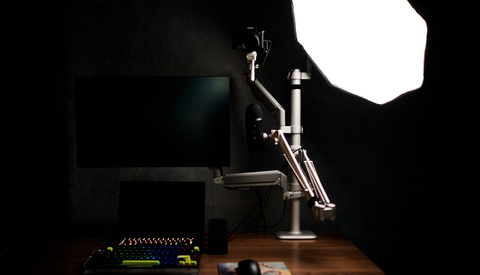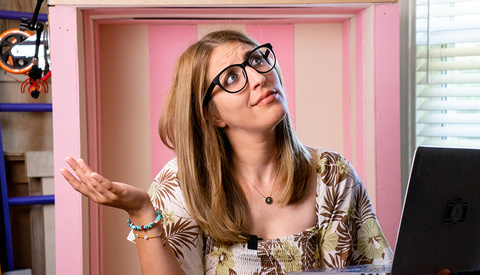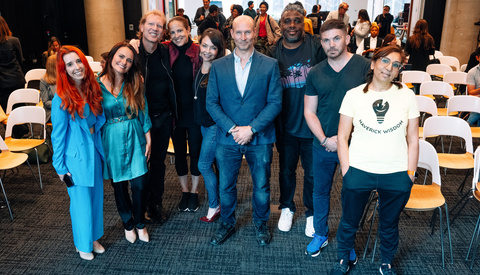Landscape photography is a pursuit that requires patience, dedication, and a persistent mindset. From waiting for the right conditions to refining compositions during challenging moments, as landscape photographers, we face a range of experiences that test our resolve. This article delves into the significance of persistence in landscape photography, exploring how embracing unfavorable conditions can benefit our skills, how enjoying the rewards of successful shots can continue to benefit us long after the shoot, the importance of how considered post-processing and printing of our banger combine and contribute to help us become a successful landscape photographer.




